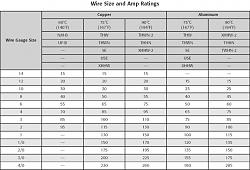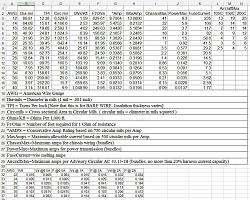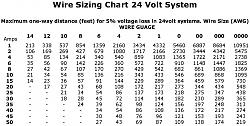Power cables on common electrical appliances from TVs to computers use C-13 type cables, BUT those cables have a very wide range of power carrying capabilities and the markings can be very misleading! Using a too small cable on a device can lead to a damaged cable or fire! Unfortunately, manufacturers of both cables and devices do not make it easy for the average consumer to know which plugs can be used safely with what devices.
===========================
For more info google: Ampacity Charts for your country/state/region
VDE cable: Verband der Elektrotechnik, Elektronik und Informationstechnik – aka VDE – in English is the Association for Electrical, Electronic and Information Technologies.


 LinkBack URL
LinkBack URL About LinkBacks
About LinkBacks


 Reply With Quote
Reply With Quote








Bookmarks